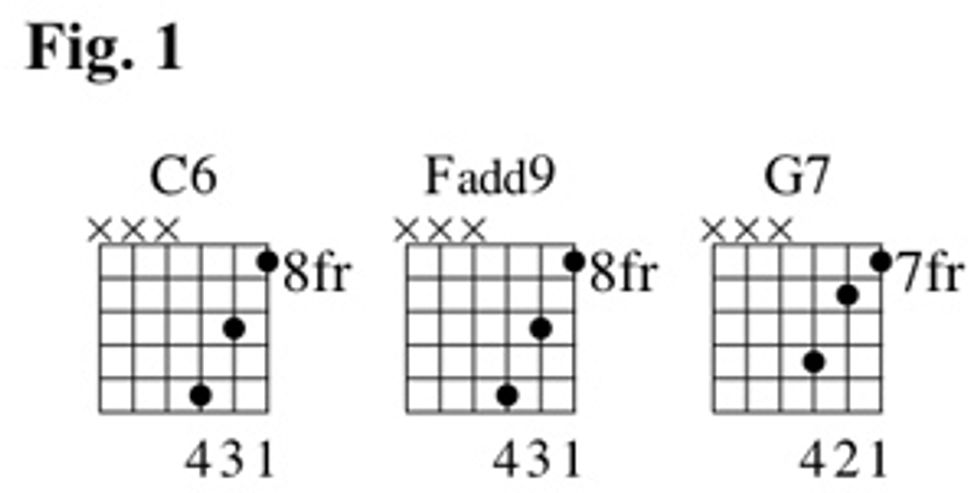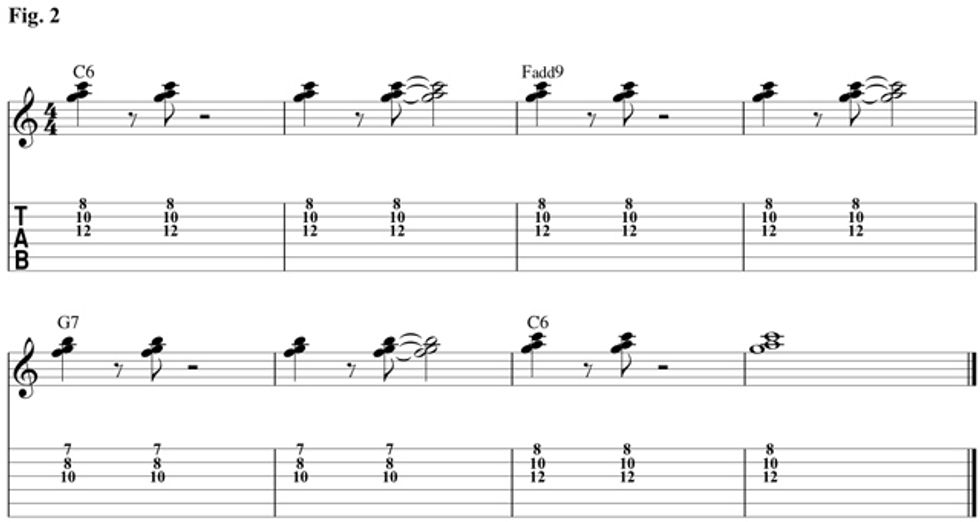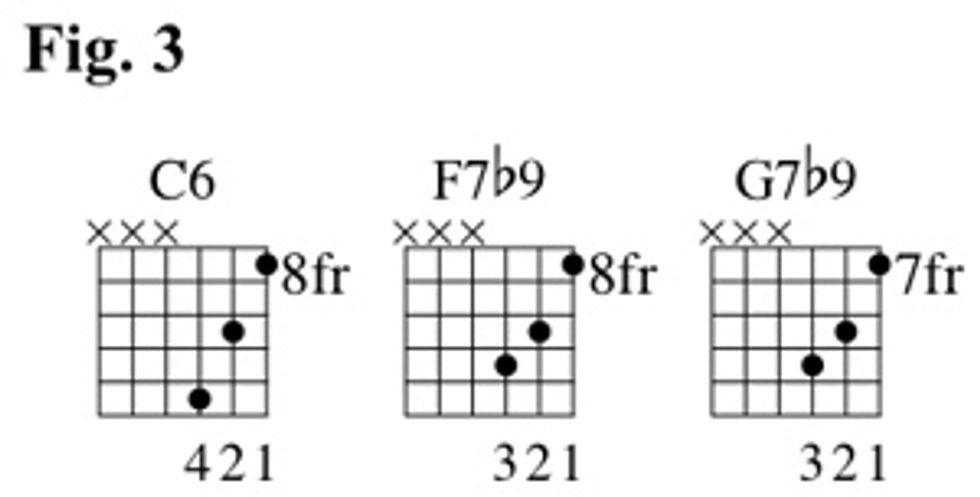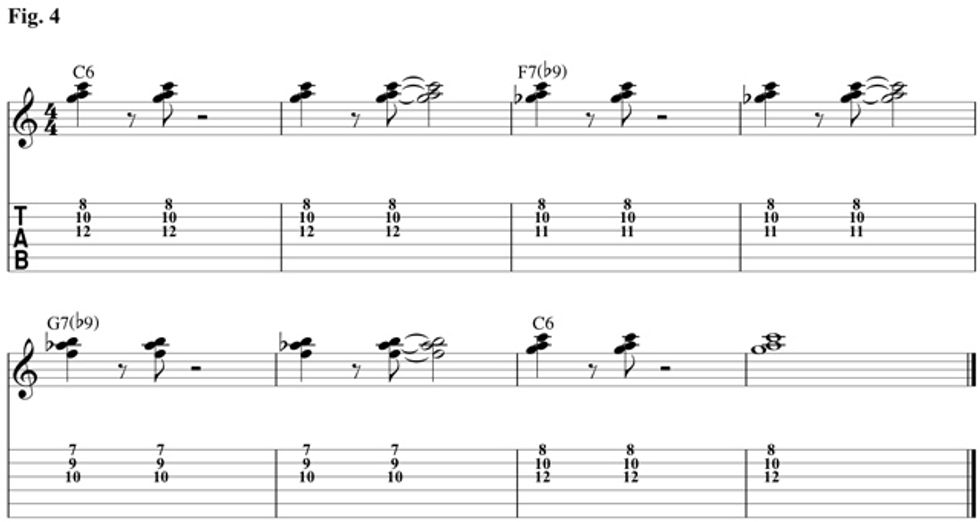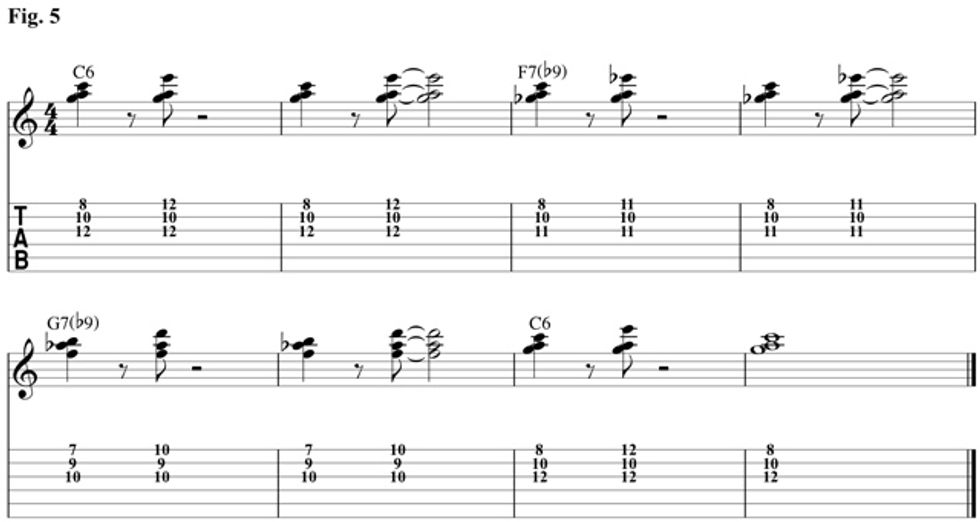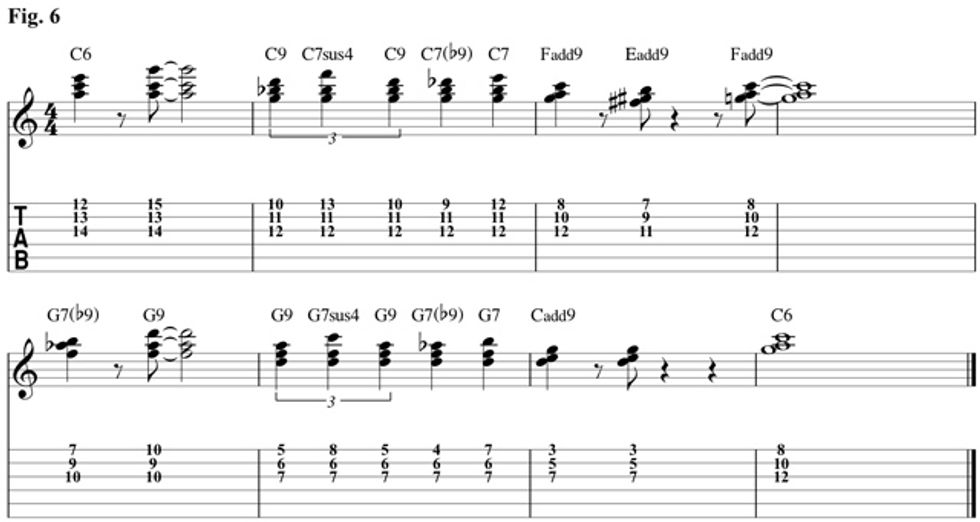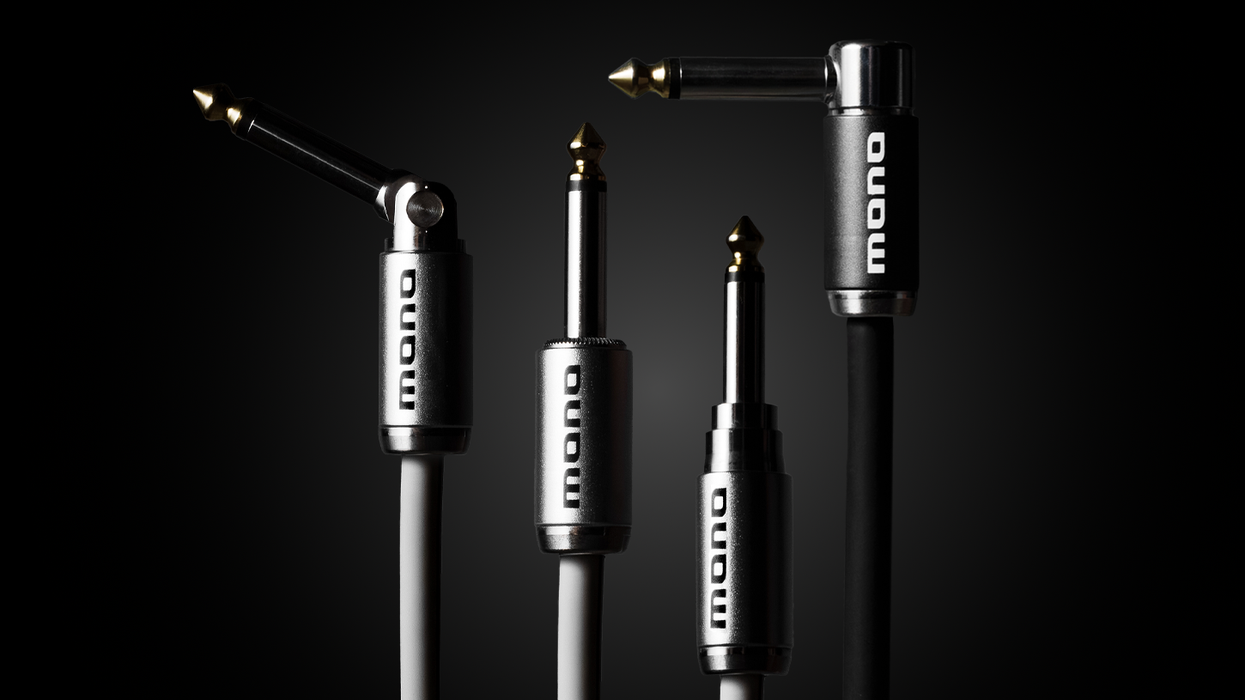Theory: Intermediate
Lesson Overview:
• Create three-note voicings based on larger piano chords.
• Learn how one chord can have many names.
• Construct progressions that imply IIm-V sounds.
Click here to download a printable PDF of this lesson's notation and MP3 examples.
In this month’s column, I’d like to share what I call “little” steel guitar voicings. The chords I’ll demonstrate are easy-to-fret triads that sound sophisticated and lush, despite what we are actually playing. These voicings are inspired by larger four-note grips that are difficult to finger, although they fall easily on the steel guitar and are seemingly effortless on standard guitar when played by the great Johnny Smith. On Smith’s “Moonlight in Vermont,” for example, you can hear wider grips that sound like piano chords. My personal favorite Johnny Smith recording is an album called A Perfect Match with accordion virtuoso Art Van Damme. For us mere mortals, these smaller voicings will be useful in embellishing a jazz, country, or swing tune with a minimum of difficulty and without any left-hand pyrotechnics.
The first voicings are in Fig. 1. Notice how we’re playing three chords with just two grips. This illustrates the ease and economy of these voicings. I know it’s sometimes confusing, but any chord can have multiple names depending on context.
For example, a simple D triad—one of the first chords a guitarist learns—can also be called Gmaj9 if it’s played over a G bass note. To make things even more brain-bending, our simple D triad played over an F bass can be called F13b9, but this isn't the point. The point is to accept the fact that the exact same chord voicing and fingering coming up can function as both C6 and Fadd9. We use these shapes in a little eight-measure exercise in Fig. 2.
In Fig. 3, we introduce a small finger movement involving the second and third chords. They are now F7b9 and G7b9. This is a favorite trick of mine because both chords have a diminished sound to them, so we can play some wacky diminished lines over this section. For those of you who aren’t theory Einsteins, please don’t be put off by the “numbers.” These chords are fun and sound excellent in many contexts. Give them a try in Fig. 4 and let the theory come later.
Okay, now let's add our pinky, since it’s mostly lounging around not doing anything, and that’s not fair! In Fig. 5, we will need to renegotiate the fingering on C6 (strings 1, 2, and 3), but the other two chords—F7b9 and G7b9—remain the same while we simply add and remove the pinky.
In Fig. 6, we throw in the kitchen sink. We will introduce a new C6 on the top, going to a C9 (that functions as a Gm to C7b9), and also some half-step movement (Eadd9 to Fadd9), and a G9 to G7b9 that functions as a IIm-V resolving to a Cadd9. The chord is a bit of a stretch because of the fret width at the 3rd position, but the payoff is we get to apply the identical fingering to the chord that follows it.
I hope you enjoy these voicings as much as I do. They seem to have a steel guitar color without any string bending whatsoever, and they have a Johnny Smith vibe. You can hear some of my personal application of these types of chords on “Ain't She Sweet” on my CD American Hips.
 Billboard calls Jim Campilongo “an American treasure." He spins a musical web that ranges from gorgeous to sinister, and in 2011 the Fender Custom Shop released his signature model Telecaster. His band with Norah Jones, the Little Willies, released For the Good Times in early 2012 on Blue Note. For more info and downloadable lessons that cover blues, country, jazz, and more, visit jimcampilongo.com/lessons.
Billboard calls Jim Campilongo “an American treasure." He spins a musical web that ranges from gorgeous to sinister, and in 2011 the Fender Custom Shop released his signature model Telecaster. His band with Norah Jones, the Little Willies, released For the Good Times in early 2012 on Blue Note. For more info and downloadable lessons that cover blues, country, jazz, and more, visit jimcampilongo.com/lessons.